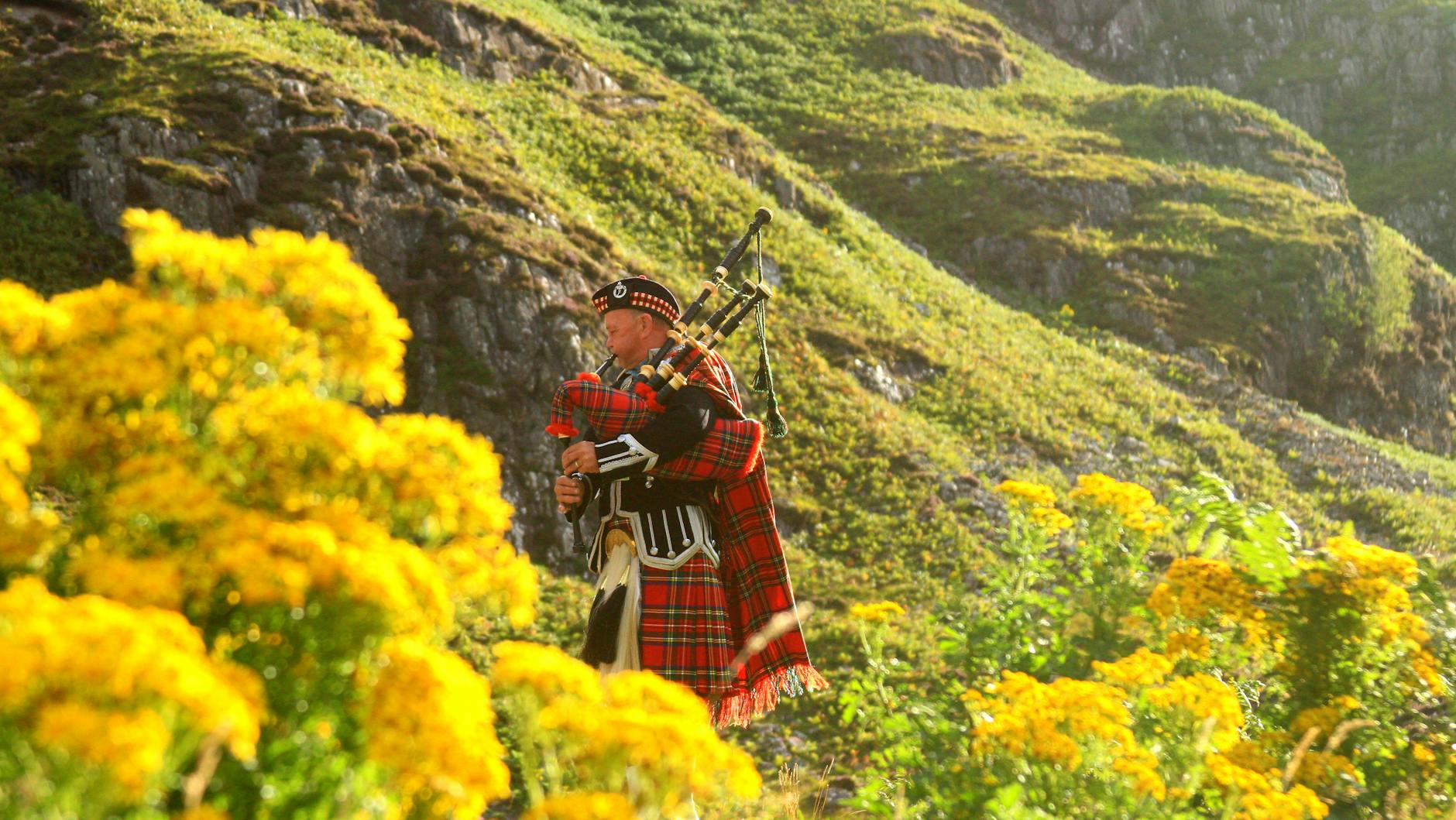Imagine standing on the windswept Culloden Moor in April 1746. The air is thick with gunpowder, the cries of wounded Highlanders fade into silence, and the last great Jacobite hope lies crushed beneath the disciplined fire of the British army. This was not just the end of a rebellion—it was the end of an era.
The Jacobite Rising was more than a series of failed uprisings; it was a battle for identity, monarchy, and power. For nearly 60 years, the Jacobites fought to restore the Stuart dynasty to the British throne. The movement was fueled by faith, loyalty, and a vision of Scotland independent from English rule.
But was the Jacobite cause doomed from the start?
Could history have played out differently?
This deep dive into the Jacobite Rising explores its origins, battles, key figures, and lasting impact on Scotland and beyond.
Table of Contents
The Birth of the Jacobite Cause
The Glorious Revolution
The Jacobite movement traces its origins to the Glorious Revolution of 1688, when King James II of England and VII of Scotland was deposed by his own daughter, Mary II, and her husband, William of Orange.
Why Was James II Overthrown?
🔹 He was a Catholic king in a Protestant-majority country.
🔹 His belief in absolute monarchy clashed with Parliament’s authority.
🔹 The birth of his Catholic son, James Francis Edward Stuart, sparked fears of a Catholic dynasty.
Result: James fled to France, and Parliament invited William and Mary to take the throne. But to his loyal followers—known as Jacobites (from the Latin “Jacobus” for James)—his exile was an injustice that had to be undone.
Thus began decades of conflict, with the Jacobites repeatedly rising in failed attempts to restore the Stuarts.
The Jacobite Uprisings
1689: The First Jacobite Rising
🚩 Key Leader: John Graham, Viscount Dundee
⚔️ Key Battle: The Battle of Killiecrankie
Exiled in France, James II called on his Scottish supporters to rebel against King William III. Under Viscount Dundee, Jacobite forces won a stunning victory at Killiecrankie—but Dundee was killed, and the rebellion quickly collapsed.
This first uprising set the tone for all future Jacobite risings: initial success, followed by disastrous failure.
1715: The Great Jacobite Rebellion (“The Fifteen”)
🚩 Key Leader: John Erskine, Earl of Mar
⚔️ Key Battle: The Battle of Sheriffmuir
To understand the 1715 Jacobite Rising, we must first examine the succession crisis that followed Queen Anne’s death.
Who Was Queen Anne, and Why Did Her Death Matter?
Queen Anne, who ruled from 1702 to 1714, was the last monarch of the House of Stuart. She was James II’s daughter but had sided against her father during the Glorious Revolution. A Protestant, she remained loyal to the new Hanoverian-led government.
However, Anne had no surviving children—despite 17 pregnancies, all of her heirs either miscarried, were stillborn, or died young. This created a major problem:
✔️ James Francis Edward Stuart (“The Old Pretender”) was the closest blood relative—being James II’s exiled son.
❌ But he was Catholic, and Parliament had passed the Act of Settlement (1701), which banned Catholics from inheriting the throne.
✔️ Instead, Parliament chose George I, a distant Protestant relative from the House of Hanover in Germany.
This enraged the Jacobites, who believed James Stuart was the rightful heir. In response, they launched the 1715 Rebellion, hoping to restore the Stuarts to the throne.
1745: The Most Famous Jacobite Rebellion (“The Forty-Five”)
🚩 Key Leader: Charles Edward Stuart (Bonnie Prince Charlie)
⚔️ Key Battles: Prestonpans, Falkirk, and Culloden
By 1745, James II’s grandson, Charles Edward Stuart (Bonnie Prince Charlie), was ready to reclaim his family’s throne. Charismatic and ambitious, he landed in Scotland with a tiny force but quickly gathered Highland clans to his side.
Astonishing Early Success
✔️ Battle of Prestonpans (1745): The Jacobites annihilated the British army.
✔️ They marched into England, reaching Derby—just 125 miles from London!
But Then, the Fatal Mistake…
❌ Retreat to Scotland: Charlie expected an English uprising in his favor, but it never came.
❌ The Jacobites lost momentum and retreated north, pursued by the British army.
This led to Culloden—the battle that would seal Scotland’s fate. Read about the Battle of Culloden here.
The Legacy of the Jacobite Rising
Though the Jacobites lost, their spirit never died.
1. The Jacobites in Popular Culture
Historical Fiction & Adventure Books for Kids
📖 “The Flight of the Heron” – D.K. Broster
🔹 A gripping novel set during the 1745 Jacobite Rising, following a young Highlander caught in the rebellion. Suitable for older kids & teens.
Non-Fiction & History Books for Kids
📖 “Horrible Histories: Scotland” – Terry Deary
🔹 Funny, fact-filled, and packed with cool illustrations, this book introduces kids to brave Highlanders, Bonnie Prince Charlie, and life during the rebellion.
2. Scotland’s Continued Fight for Identity
Even today, the Jacobite Rising is tied to debates over Scottish independence. Many view it as Scotland’s last real fight for sovereignty, making it a powerful symbol in modern politics.
Final Thoughts: Could the Jacobites Have Won?
History is full of “what-ifs.”
✅ If the Jacobites had secured French military aid, they might have overthrown the Hanoverians.
✅ If Bonnie Prince Charlie had pressed on to London, England might have supported him.
✅ If the Jacobites had modernized their military strategy, they could have won Culloden.
But history took a different path.
While the Jacobite dream of a Stuart restoration died on Culloden Moor, its impact lives on in Scottish culture and identity.


